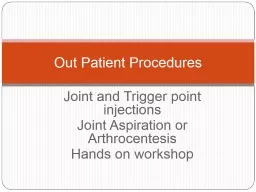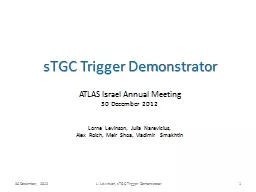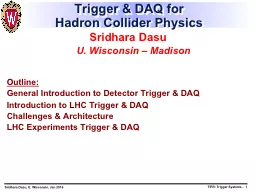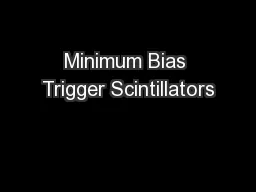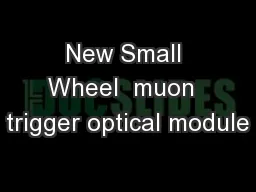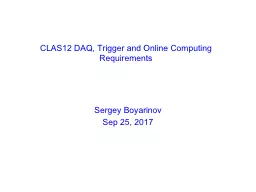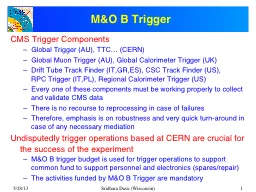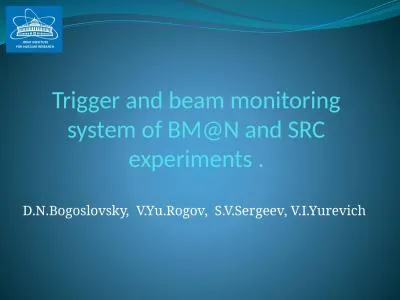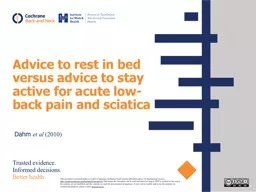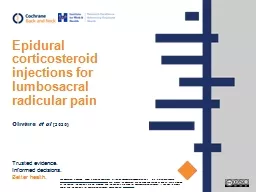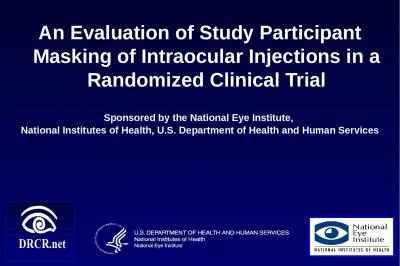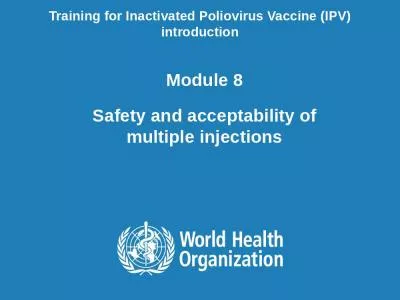PPT-Joint and Trigger point injections
Author : faustina-dinatale | Published Date : 2017-11-16
Joint Aspiration or Arthrocentesis Hands on workshop Out Patient Procedures Joint and Trigger point injections Charles Haddad MD Associate Professor University
Presentation Embed Code
Download Presentation
Download Presentation The PPT/PDF document "Joint and Trigger point injections" is the property of its rightful owner. Permission is granted to download and print the materials on this website for personal, non-commercial use only, and to display it on your personal computer provided you do not modify the materials and that you retain all copyright notices contained in the materials. By downloading content from our website, you accept the terms of this agreement.
Joint and Trigger point injections: Transcript
Download Rules Of Document
"Joint and Trigger point injections"The content belongs to its owner. You may download and print it for personal use, without modification, and keep all copyright notices. By downloading, you agree to these terms.
Related Documents

